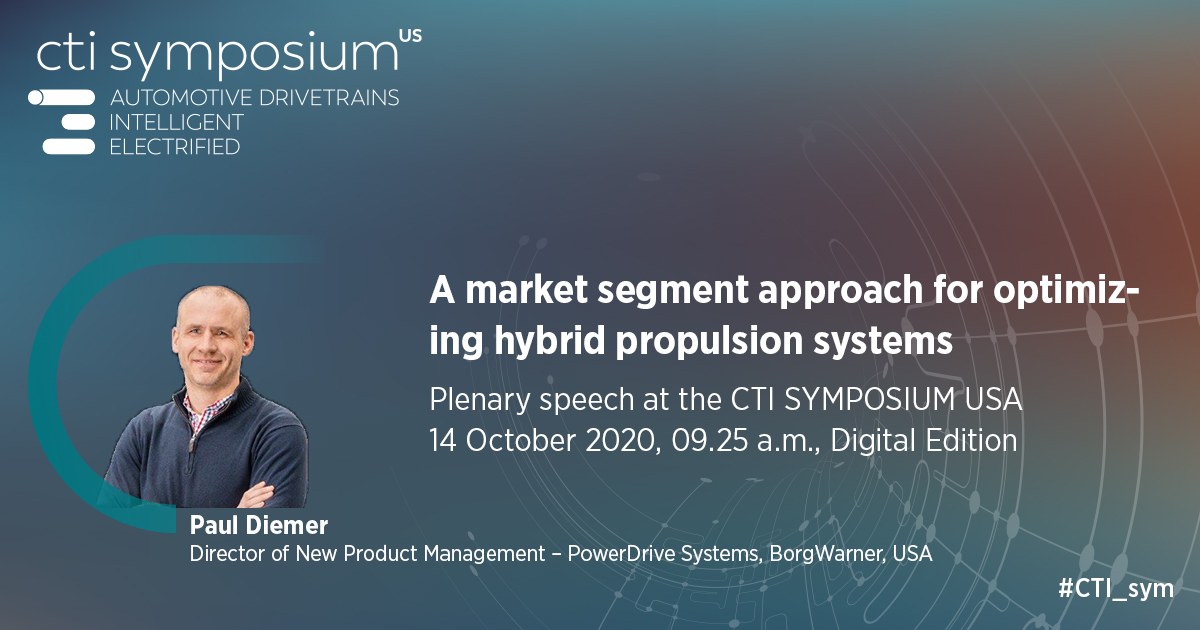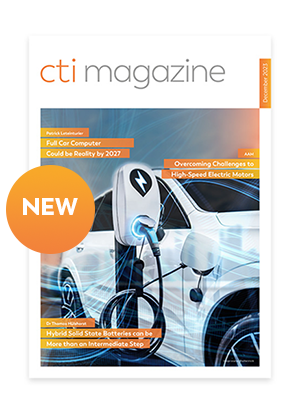
To achieve a balance between powertrain costs and CO2 emissions, different levels of hybridization have been developed and will exist in parallel on the market for the mid-term future. Dedicated hybrid transmissions (DHT) are embedded in dedicated hybrid powertrains (DHP) which are used in full hybrids (HEV) and some plug-in hybrids (PHEV). Driven by fuel consumption and high costs of electric components in the past, DHP’s were optimized in several generations towards high effciency with a relative low complexity. DHP cost attractiveness is achieved by a combination of electrifcation, simplifed transmissions and reduced content combustion engines. When enough electrical power is applied, it allows for the use of a highly effcient combustion engine while still accomplishing moderate dynamic performance. HEV DHP’s offer an important low CO2 solution in the midterm future while the plug-in-vehicles volumes are relatively low. Additionally, the increasing battery size in PHEV’s promotes interest in DHP’s in order to reduce complexity and cost, osetting the incremental cost of the added electrifcation. This presentation gives an overview of different propulsion approaches and their characteristics, including the infuence of driving requirements. The optimization process will include cost and effciency but will also address other considerations such as drive quality and customer use profles. Finally, a vehicle-segment based landscape for DHP will be provided.
